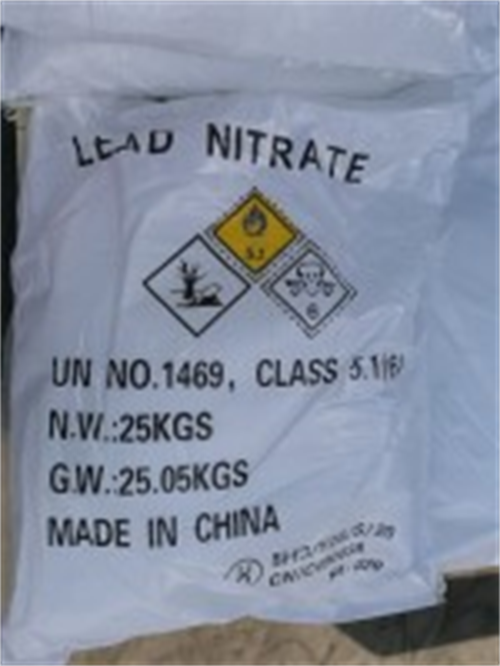



polyacrylamide production
Polyacrylamide Production An Overview
Polyacrylamide (PAM) is a versatile polymer widely used in various industries due to its excellent properties, including its ability to absorb water and enhance viscosity. This synthetic polymer is produced through the polymerization of acrylamide monomers, and its production process has evolved significantly to meet increasing demand across multiple sectors.
The production of polyacrylamide typically begins with the preparation of acrylamide, which is derived from acrylic acid. The primary method for synthesizing polyacrylamide involves free radical polymerization, where initiators such as ammonium persulfate or potassium persulfate are used to initiate the reaction. The reaction can be carried out in an aqueous solution or in an organic solvent, depending on the required properties of the final product.
One of the critical factors in the production of polyacrylamide is the control of molecular weight. The molecular weight of the polymer has a significant impact on its properties and applications. For instance, high molecular weight polyacrylamide is favored for applications in water treatment, as it effectively flocculates suspended solids. In contrast, low molecular weight variants are often used in applications such as soil conditioning and oil recovery.
polyacrylamide production

The production process usually involves several steps 1. Monomer Preparation Acrylamide is synthesized from acrylic acid in a controlled environment to ensure purity. 2. Polymerization The acrylamide is then polymerized under precise conditions. Temperature, pH, and concentration must be carefully monitored to achieve the desired polymer characteristics. 3. Purification Once polymerized, the product often contains unreacted monomers and other impurities. Various methods, including precipitation and filtration, are employed to purify the polyacrylamide. 4. Drying and Granulation The purified polymer is then dried and granulated to produce a powder or granule form that is suitable for transportation and storage.
Environmental considerations are becoming increasingly important in polyacrylamide production. The hazardous nature of acrylamide, which is classified as a potential neurotoxin, necessitates stringent safety measures during the production process. Modern production facilities implement advanced technologies to minimize wastage and reduce environmental impact. Additionally, the development of biodegradable and environmentally friendly alternatives to traditional polyacrylamide is a burgeoning area of research.
The applications of polyacrylamide are vast, ranging from agriculture, where it is used to improve soil moisture retention, to wastewater treatment, where it is employed as a flocculant to remove contaminants. Its effectiveness in enhancing the performance of drilling fluids in the oil and gas industry further demonstrates its versatility.
In conclusion, polyacrylamide production involves complex chemical processes that require careful control and innovation to meet industry demands while addressing environmental concerns. As research continues to develop safer and more sustainable production methods, the future of polyacrylamide looks promising across numerous applications, reinforcing its position as an essential polymer in various industries.
-
Why Sodium Persulfate Is Everywhere NowNewsJul.07,2025
-
Why Polyacrylamide Is in High DemandNewsJul.07,2025
-
Understanding Paint Chemicals and Their ApplicationsNewsJul.07,2025
-
Smart Use Of Mining ChemicalsNewsJul.07,2025
-
Practical Uses of Potassium MonopersulfateNewsJul.07,2025
-
Agrochemicals In Real FarmingNewsJul.07,2025
-
Sodium Chlorite Hot UsesNewsJul.01,2025










